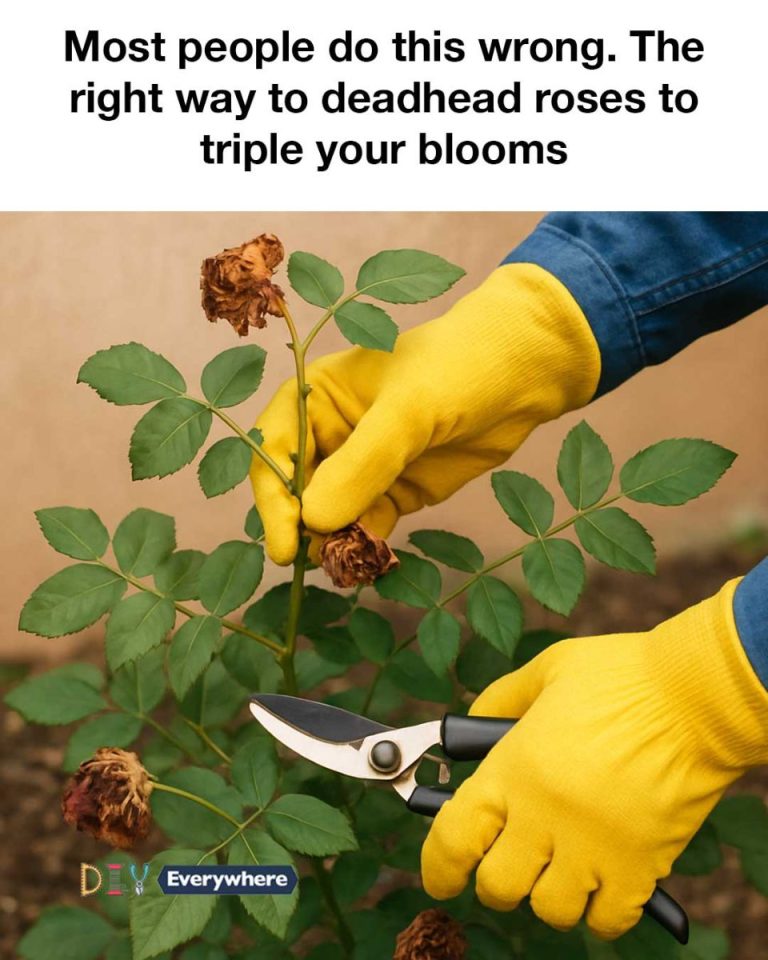ADVERTISEMENT
8. Popular Viral Hacks for Deadheading Roses: Do They Work?
Several viral hacks suggest shortcuts or alternative methods for deadheading roses, such as twisting off the blooms by hand or using household scissors. While these methods may seem convenient, they often do not provide the clean cut necessary for optimal plant health.
Using proper tools and techniques is crucial for effective deadheading. While some hacks may work in a pinch, they are not recommended for regular practice if you want to maximize your blooms and maintain healthy plants.
9. When You Should Avoid Deadheading Roses
There are certain times when deadheading roses is not recommended. For example, late in the growing season, it is best to stop deadheading to allow the plant to prepare for dormancy.
Additionally, some rose varieties, such as species roses, produce attractive hips that are best left on the plant. These hips can provide winter interest and food for wildlife, so deadheading may not be necessary or desirable in these cases.
10. How Deadheading Varies Across Different Rose Varieties
Different rose varieties may require slightly different deadheading techniques. For example, hybrid tea roses benefit from deadheading just above the first set of five-leaflet leaves, while floribundas and shrub roses may need a lighter touch, with deadheading done just above the cluster of blooms.
Understanding the specific needs of your rose variety can help you tailor your deadheading approach for the best results. Consulting with a local nursery or rose society can provide valuable insights into the best practices for your specific roses.
11. Expert Tips for Maintaining Healthy, Blooming Roses Year-Round
In addition to regular deadheading, maintaining healthy roses involves proper watering, fertilization, and pest control. Ensure your roses receive at least 1 inch of water per week, either from rainfall or supplemental watering.
Fertilize your roses with a balanced rose fertilizer every 4 to 6 weeks during the growing season to provide the nutrients they need for robust growth. Keep an eye out for common pests and diseases, and address any issues promptly to prevent them from spreading.
By combining these practices with effective deadheading, you can enjoy a beautiful, blooming rose garden throughout the growing season.
ADVERTISEMENT
